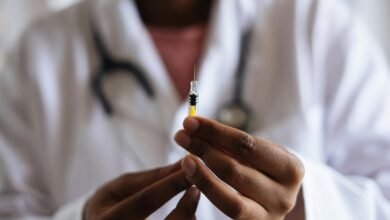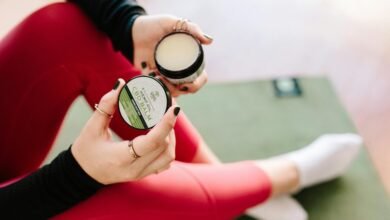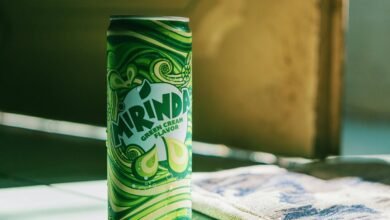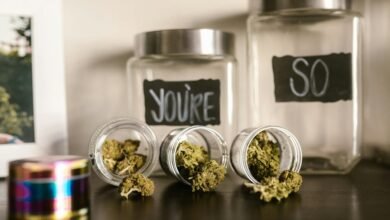Will Cbd Show on a Hair Follicle Test

The question of whether CBD will show on a hair follicle test is nuanced. Hair follicle tests primarily target THC, the psychoactive element of cannabis. While CBD itself is less likely to be detected, the presence of trace THC in some CBD products poses a risk. Understanding the specifics of how these substances are metabolized is crucial for users. What does this mean for those who consume CBD? The implications are worth exploring further.
Understanding Hair Follicle Testing
Although hair follicle testing is often used in various settings, including employment screening and legal cases, it remains a complex process that many do not fully understand.
Hair testing involves analyzing strands for drug detection, revealing substances consumed over an extended period. This method offers benefits such as a longer detection window compared to urine tests, making it a preferred choice for certain situations.
The Role of CBD and THC in Drug Testing
Hair follicle tests primarily focus on detecting substances like THC, the psychoactive component of cannabis, while the role of CBD, a non-psychoactive compound, in drug testing is less clear.
CBD legality varies by region, and its presence in drug tests is typically negligible.
Consequently, THC detection remains the primary concern for employers and law enforcement in substance testing protocols.
Metabolism of CBD in the Body
The metabolism of CBD in the body involves several biochemical processes that transform the compound into various metabolites.
Primarily, CBD is processed in the liver, where liver enzymes play a crucial role in its breakdown.
This CBD metabolism results in both active and inactive metabolites, which are eventually excreted.
Understanding this process is essential for individuals concerned about CBD and its potential implications in drug testing.
Navigating Drug Testing Risks With CBD Use
CBD users often grapple with the potential risks associated with drug testing, particularly as the popularity of CBD products continues to rise.
The legality of CBD varies by region, complicating the landscape for consumers. Testing policies can differ significantly among employers, leading to increased anxiety for users.
Understanding these factors is crucial for navigating the intersection of CBD use and potential employment consequences.
Conclusion
In the garden of drug testing, hair follicle assessments primarily seek the shadow of THC, with CBD often remaining a mere whisper in the wind. While the presence of CBD is unlikely to tarnish the landscape of test results, the hidden traces of THC in some products may bloom unexpectedly. Users must tread carefully, ensuring they cultivate their choices wisely, for even the smallest seed of THC could sprout into a positive result. Awareness and caution are essential for a clear path forward.






